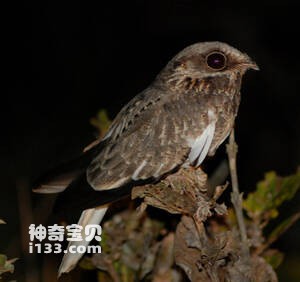
Caprimulgus candicans
Caprimulgus candicans,White-winged Nightjar
The species is known as Caprimulgus candicans and White-winged Nightjar. Its···
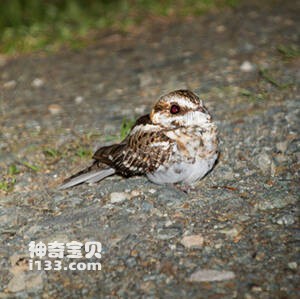
Caprimulgus cayennensis
Caprimulgus cayennensis,White-tailed Nightjar
Its scientific name is Caprimulgus cayennensis, and its foreign name is Whit···
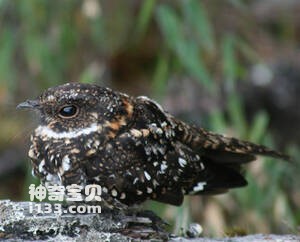
Caprimulgus longirostris
Caprimulgus longirostris,Band-winged Nightjar
Its scientific name is Caprimulgus longirostris and its foreign name is Band···
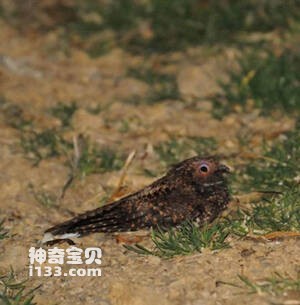
Caprimulgus saturatus
Caprimulgus saturatus,Dusky Nightjar
The species is known as Caprimulgus saturatus and Dusky Nightjar.Protect wil···
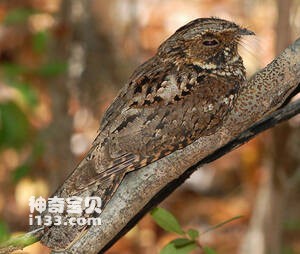
Caprimulgus noctitherus
Caprimulgus noctitherus,Puerto Rican Nightjar
The species is known as Caprimulgus noctitherus and Puerto Rican Nightjar.Pr···
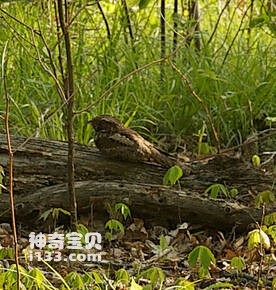
Caprimulgus vociferus
Caprimulgus vociferus,whippoorwill
The scientific name Caprimulgus vociferus, the foreign name whippoorwill, du···
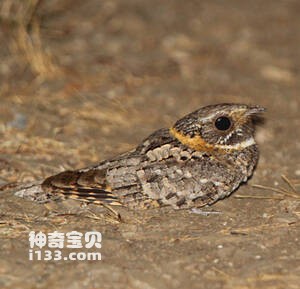
Caprimulgus ridgwayi
Caprimulgus ridgwayi,Buff-collared Nightjar
The yellow collar Nightjar is known as Caprimulgus ridgwayi and Buff-collare···

Caprimulgus sericocaudatus
Caprimulgus sericocaudatus,Silky-tailed Nightjar
Its scientific name is Caprimulgus sericocaudatus, and its foreign name is S···
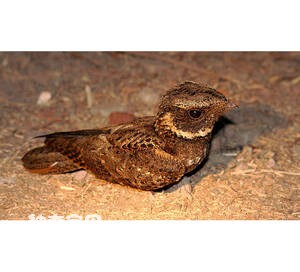
Caprimulgus rufus
Caprimulgus rufus,Bufous Nightjar
The brown Nightjar is known by its scientific name Caprimulgus rufus and its···
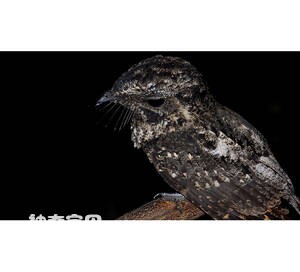
Caprimulgus ekmani
Caprimulgus ekmani,Sispaniolan Antillean Nightjar
Its scientific name is Caprimulgus ekmani, and its foreign name is Sispaniol···
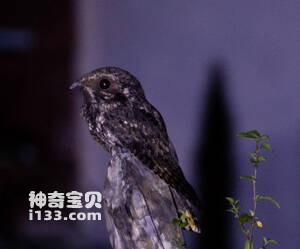
Caprimulgus cubanensis
Caprimulgus cubanensis,Greater Antillean Nightjar
The Cuban Nightjar is known by its scientific name Caprimulgus cubanensis an···
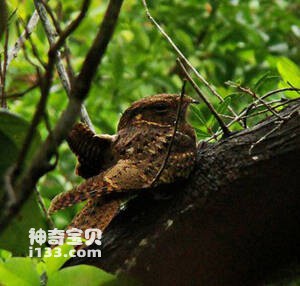
Caprimulgus carolinensis
Caprimulgus carolinensis,Chuck-will's-widow
Its scientific name is Caprimulgus carolinensis and its foreign name is Chuc···
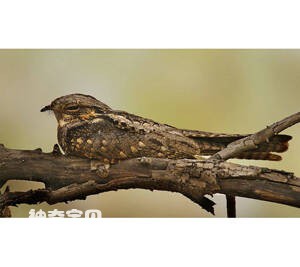
Caprimulgus indicus
Caprimulgus indicus,Jungle Nightjar
The specific habits of the Jungle Nightjar (Caprimulgus indicus) are unknown···
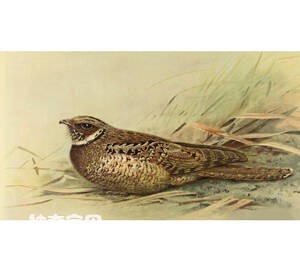
Siphonorhis americana
Siphonorhis americana,Jamaican Poorwill
The Jamaican nighthawk (Siphonorhis americana) is known as Jamaican Poorwill···
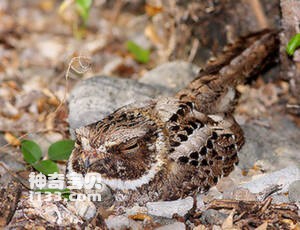
Siphonorhis brewsteri
Siphonorhis brewsteri,Least Poorwill
Chinese and American nightcap scientific name Siphonorhis brewsteri, foreign···
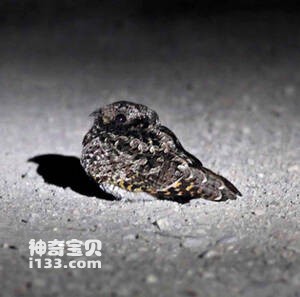
Phalaenoptilus nuttallii
Phalaenoptilus nuttallii
Its scientific name was Phalaenoptilus nuttallii, and its foreign name was C···
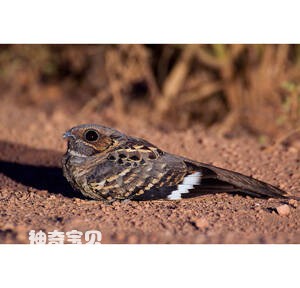
Nyctidromus albicollis
Nyctidromus albicollis,Pauraque
The species, known as Nyctidromus albicollis or Pauraque, became extinct in ···
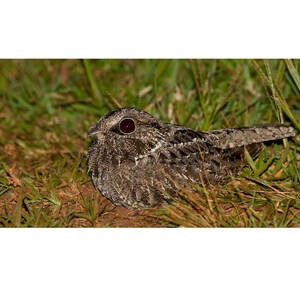
Eleothreptus anomalus
Eleothreptus anomalus,Sickle-winged Nightjar
Sickle-winged Nightjar (Eleothreptus anomalus and sickle-winged nightjar) is···
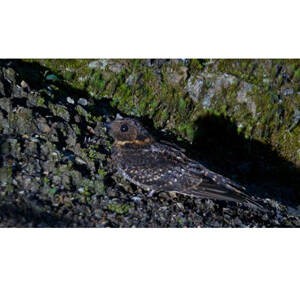
Uropsalis lyra
Uropsalis lyra,Lyre-tailed Nightjar
Its scientific name is Uropsalis lyra, and its foreign name is Lyre-tailed N···
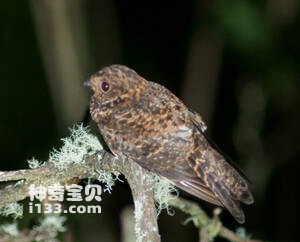
Uropsalis segmentata
Uropsalis segmentata,Swallow-tailed Nightjar
Uropsalis segmentata and swallowtailed Nightjar are unknown.Protect wild ani···
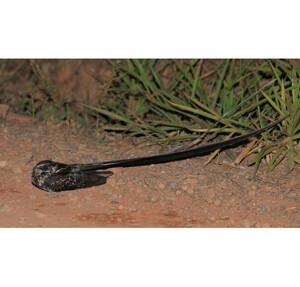
Macropsalis forcipata
Macropsalis forcipata,Long-trained Nightjar
Its scientific name is Macropsalis forcipata, and its foreign name is Long-t···
